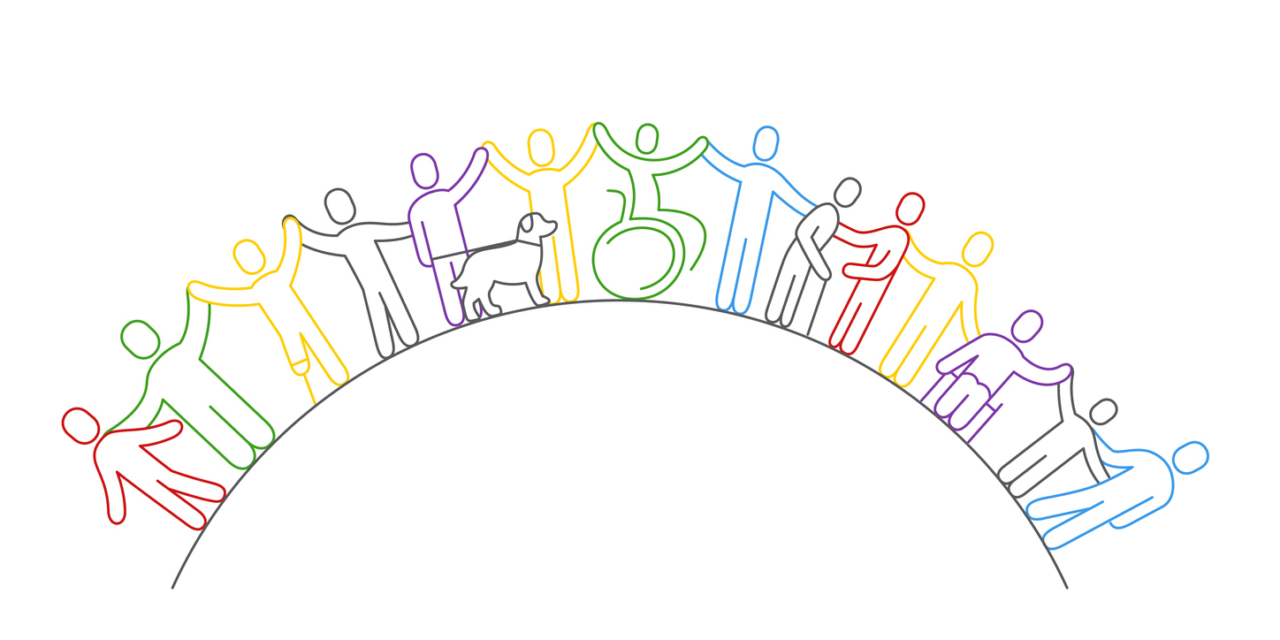
In 1974, Marina Abromovic displayed a powerful piece of performance art entitled “Rhythm 0” (Abramović, 2006). She placed 72 objects on a table next to her and stood quietly and motionless for six hours. Among the objects were scissors, a gun, and a bullet. A placard invited the audience to do anything that they wanted to her body during this six hour time frame. The performance started out innocently enough, as the bulk of people had no intention to cause harm. However, by the end of the performance, her clothes had been cut off of her body, someone had cut her and drank her blood, and a person had put a bullet in the gun, put the gun in her hand and attempted to point it at her. This was a shocking display of what some people will do when their actions are unchecked and they view a person as an object. At the end of the performance, she began to walk toward the audience. Many members of the audience ran away in horror, as they were confronted with her humanity and that the terrible actions that they had performed were on a real living being, not a mere object.
There are many important lessons to take from this very radical social experiment. First, if a person is viewed as an object and placed in a vulnerable position, it is shocking how quickly the situation can devolve into cruelty and abuse. We must be ever vigilant in our efforts to remember the humanity of all people. Second, it is important to note that there was a group of people that began to form during the performance who acted as protectors. These are the people who stopped the person who was using the gun. This group of protectors became very attached to keeping Marina safe. This is the most positive feature of a very negative experiment. Even in the face of cruelty, there are those among us who will stand up to protect the vulnerable from harm. Bystander intervention can be a powerful tool to negate cruelty (Lutgen-Sandvick, (2003). Third, systems must be put in place that protect the rights of vulnerable people from those that would view them as mere objects. Organizations have a responsibility to create policies that support human dignity for both the individuals that they serve and the staff that they employ to provide those services. At the Mandt System, we believe that conflict resolution training, de-escalation training, positive behavior supports, and trauma informed services are tools that can help an organization to meet their obligations to the safety and wellbeing of all people that engage with the organization.
John Windsor – Director of Technical Curricula
Abramović, M., Thompson, C., & Katarina Weslien. (2006). Pure Raw: Performance, Pedagogy, and (Re)presentation. PAJ: A Journal of Performance and Art, 28(1), 29–50. http://www.jstor.org/stable/4139995
Lutgen-Sandvik, P. (2003). The Communicative Cycle Of Employee Emotional Abuse: Generation and Regeneration of Workplace Mistreatment. Management Communication Quarterly, 16(4), 471-501. https://doi.org/10.1177/0893318903251627



